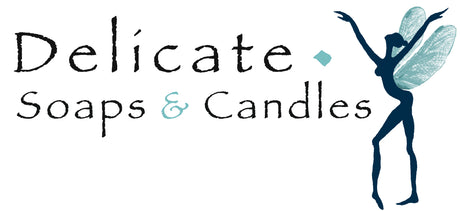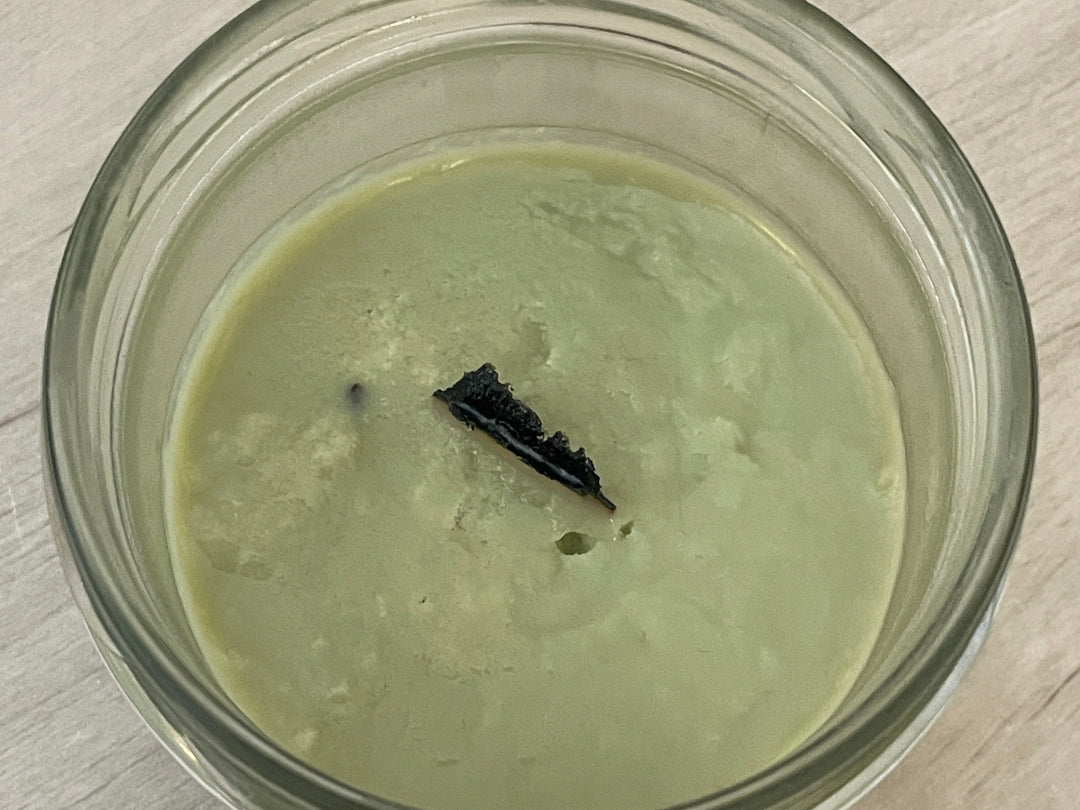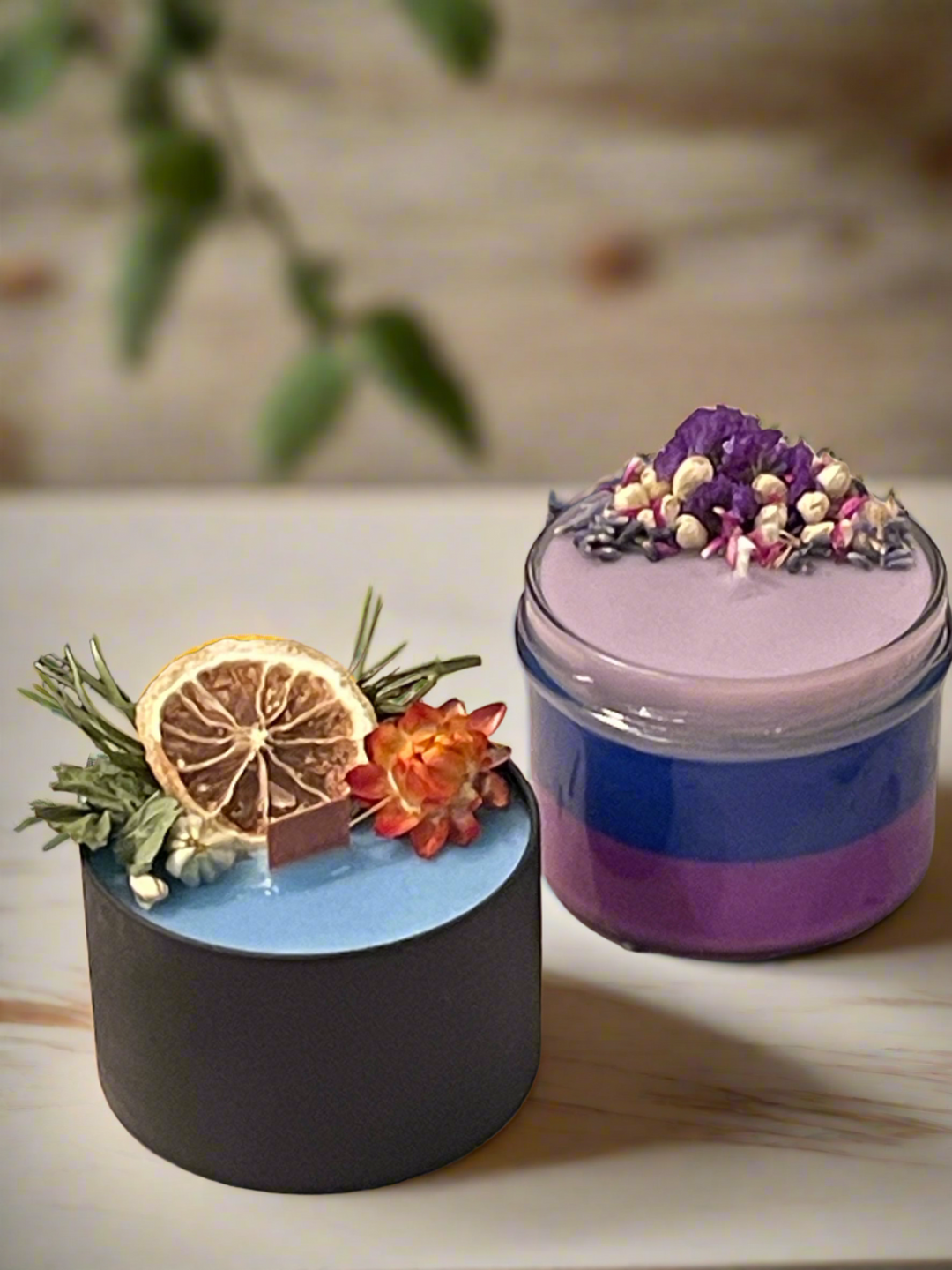How do you make winning soap?
Is there any significance in using olive oil versus avocado oil or rice bran? Why is it important to combine different oils and different butters in soap?
When I started learning to make solid soaps, I didn't really understand how important it was to know the properties of each oil, I just got great recipes ready and ran with them and luckily, champion Rona Rapaport did all the hard work of putting together the recipes for me. Over time I decided that I wanted to understand for myself what affects the cleaning power of the soap and what affects its creaminess, how the soap can be made harder and what makes the soap have a longer shelf life
Before I dive into the differences between the different oils, it is important to understand what the oil is made of? And what determines whether it will be liquid or solid?
Every oil consists of saturated fatty acids and unsaturated fatty acids, a saturated fatty acid is one that has no double bonds at all and tends to be solid at room temperature, like cocoa butter for example, which consists of 62 saturated fatty acids and 38 unsaturated fatty acids. Only one double bond, they are monounsaturated fatty acids and they can become solid when the temperature drops, such as cold-pressed olive oil (this is also how you can differentiate between high-quality olive oil and one that is less). Fatty acids with two or more double bonds are called unsaturated fatty acids. They are saturated and are in a permanent liquid state of aggregation like soybean oil. When making soap, it is important to have solid and liquid oils in the soap, some work according to 50/50 and some 60/40.
The second important step is to have a representation of as many different and varied fatty acids as possible and why?
Let's take olive oil for example, if we make soap only from olive oil it will take at least six months to solidify and why? Because it contains a lot of unsaturated fatty acids, which will make it stay liquid for a long time, but this is not the only indicator that is important in soap, because even olive oil soap can solidify in the end.
The second index that is important is the properties of its fatty acids:
Olive oil consists of the following acids: Palmatic and Stearic saturated fatty acids - 17 Oliec and Linoleic, Linolenic unsaturated fatty acids - 83 unsaturated fatty acids, make the soap very creamy and pleasant but do not clean at all, this does not mean that olive oil soap alone is not Cleanser in general, it still removes the fat from the body but the form is really delicate. The basis of any quality soap is olive oil and the better it is, the more successful the soap is.
Coconut oil, on the other hand, consists of: Palmatic and Stearic, Myristic and Lauric 79- saturated fatty acids Oliec and Linoleic 10- unsaturated fatty acids it can be said that coconut oil is the complement of olive oil, it has much more saturated fatty acids than unsaturated and therefore it is solid at room temperature , note that quality coconut oil becomes solid when cold. Coconut oil contributes a lot to cleaning, to creating a rich foam and large bubbles and also to a harder solid soap, but since the level of cleanliness in it is high, it is not recommended to add more than 45% of the oil to the soap in order not to dry the skin. In my soaps I make sure that the coconut oil does not exceed 25% and there are soaps that I do not put coconut oil in at all, such as facial soap
Other important oils and butters that I like to put in soap
Castor oil consists of: Ricinoleic, Oliec, Linoleic - the only one that is 100% unsaturated fatty acids is an important ingredient in every soap and together with coconut oil, it contributes to a stable and large foam, Ricinoleic fatty acid is a really important fatty acid that was originally intended to treat skin rashes and infections
Cocoa butter consists of: Palmatic and Stearic 61 - saturated fatty acids Oleic and Linoleic 38 - unsaturated fatty acids Cocoa butter contains a considerable amount of saturated fatty acids and therefore it is solid and directly affects the hardness of soap, it also contributes a lot to the creaminess of the soap and therefore is really important her in soap.
Another butter that is really pleasant and contributes a lot to the soap is the shea butter, which consists of: Palmatic and Stearic 45 - saturated fatty acids Oliec and Linoleic 54 - unsaturated fatty acids There is no one who does not like shea butter, it is also good as a direct application on the skin, gives a lot of moisture and creaminess to the soap, Shea butter is really rich in vitamin E and A as well as fatty acids and many minerals. The shea butter does not completely turn into soap and it remains in the soap as butter and therefore nourishes the skin.
When putting together soap, it is important to choose the butters and oils so that they match the properties you want the soap to have, for example soap for oily skin, it is important that it contains more oils that are responsible for cleaning such as coconut oil and less oils that increase moisture.
I like to combine at least 5-6 different oils and butters, each soap has different percentages of the oils and butters according to the properties I want the soap to have. Beyond the base of the butters and oils, there are other important ingredients that should be added to the soap.. but that is reserved for the next blog




